
5-Year-Old Speech Checklist: Speech and Language Milestones
This page is all about 5 year old speech and language skills. Keep in mind that these milestones are based on research about typically-developing children but this information is not meant to diagnose a speech-language delay or disorder. There is a wide range of “normal” and even if your child is slightly delayed in a few of these areas, it doesn’t necessarily mean he or she has a speech or language delay. Please contact a speech-language pathologist for a screening if you are concerned about your child’s speech and language skills.
5-Year-Old Speech Checklist (Sound Production)
5-year-old speech milestones refer specifically to the sounds that a child is able to speak. We use the term “speech” to refer to how a child pronounces words, whereas “language” is used to describe how children use those words to create sentences and communicate with those around them.
- Intelligibility: A 5-year-old’s speech should be understood about 90% of the time (source: Hustad et. al, 2021)
. - Speech Sounds Correct: A 5-year-old should be able to say the most speech sounds correctly except for /r/, “th” (voiced and voiceless), and the “zh” sound, as in “beige” (source: Crowe & McLeod, 2020)
. - Phonological Processes: A 5-year-old should no longer be using speech error patterns (phonological processes) except for gliding of liquids (replacing /l/ and /r/ with /w/ and “j”). The following phonological processes should no longer be present:
- Velar Assimilation: Changing non-velar sounds to velar sounds in order to mirror another sound in the word (kack for tack, or guck for duck)
- Nasal Assimilation: Changing non-nasal sounds to nasal sounds in order to mirror another nasal sound in the word (money for funny, or nunny for bunny)
- Stopping of Fricatives: Replacing long sounds (like /f/, /s/, /z/, /v/) with a stop (short) sound (like /t/, /d/, /b/, /p/) (pun for fun, or tee for see)
- Final Consonant Deletion: Deleting the ending consonant off of a word (bu for bus, or no for nose)
- Fronting: Velar sounds (back sounds like /k/ and /g/) are replaced with alveolar sounds (front sounds like /t/ and /d/)
- Deaffrication: Affricate sounds (“ch”, “j”) replaced with fricatives (“sh” and “zh”)
- Cluster Reduction: Consonant clusters reduced to a single consonant (“keen” for “clean” or “tin” for “twin”)
- Weak Syllable Deletion: Reducing multi-syllabic words by omitting a syllable (“brella” for “umbrella”)
- Source: ASHA Resource Page
5-Year-Old Language Checklist
5-year-old language milestones refer to how the child is able to put words together to communicate with those around them. A lot goes into language skills. Here is a list of 5-year-old language milestones:
- Sentence Length: A 5-year-old should be speaking in sentences that are, on average, about 4-5 words long. Some should be sentences and some should be a bit longer as well. (Source: Rice et. al., 2010)
- Grammatical Markers: Grammatical markers are the little words and word endings that help make our sentences complete and convey nuances of meaning. A 5-year-old should have mastered all basic grammatical markers at this age and should be speaking in grammatically correct sentences most of the time. (Source: Paul & Alforde, 1993)
.
Click here to view all of our resources for teaching grammar skills
. - Questions: Children at 5 years old should be able to ask and answer a variety of questions, including “yes/no” questions as well as “wh-” questions like “who, what, why, when, how”. 5-year-olds should be able to ask and answer questions during school activities to further their learning.
- Vocabulary: How many words should a 5-year-old know? One source cites that by 5 years old, children should know 10,000 words. (Source: Edwards et. al, 2017) It would be nearly impossible to count all of the words that a child knows but this should give you an idea of how robust a child’s vocabulary should be. A 5-year-old should have the following vocabulary skills by now as well:
- Uses time words like “yesterday”, “tomorrow”, “morning”, or “night” (Source: CDC)
- Understands words for order, like “first”, “next”, and “last” (Source: ASHA)
- Uses sentences that have more than one verb (action word) in them (Source: ASHA)
- Uses deictic terms like “this’, “that”, “here”, and “there” correctly (Source: ASHA)
.
Click Here to View our Resources on Increasing Vocabulary
.
- Following Directions: A 5-year-old should be able to follow 3-step directions now and should be able to follow multi-step classroom directions to participate in learning activities (Source: ASHA)
.
Click Here to View our Resources on Helping Children Learn to Follow Directions
. - Literacy: Children at 5 years of age are getting ready to read! Reading with a 5-year-old is one of the best ways to boost language skills. At this age, children should have the following literacy skills:
- Tells a story she heard or made up with at least two events (Source: CDC)
- Answers simple questions about a book or story after you read or tell it to him (Source: CDC)
- Uses or recognizes simple rhymes (Source: CDC)
- Pays attention to a 5-10 minute story time activity (Source: CDC)
- Writes some letters in her name (Source: CDC)
- Names some letters when you point to them (Source: CDC)
- .
Click Here to See our Resources on Teaching Pre-Reading Skills
5-Year-Old Social Skill/Interaction Checklist
Another aspect of 5-year-old language milestones is how well they can interact with others. Here are some milestones related to social skills and interaction.
A 5-year-old should be able to:
- Follow rules and take turns when playing games with other children (Source: CDC)
- Keep a conversation going with more than three back-and-forth exchanges (Source: CDC)
- Respond to “What did you say?” (Source: ASHA)
- Talk in different ways, depending on the listener and place, such as using shorter sentences when talking to a baby and talking louder outside (Source: ASHA)
- Can discuss their emotions and feelings (Source: ASHA)
- Understands that other people may have a belief that differs from the truth (Source: ASHA)
- Understands that someone else may feel the same way when experiencing a similar event (Source: ASHA)
For more resources on teaching social skills to children, click here.
Activities and Ideas for Boosting Language Skills in Children:
If you are looking for therapy ideas or home activities to boost a child’s language skills, check out our eBook with lesson plans and activities for teaching 39 different speech and language skills. Or, check out our course on helping children with syntax and grammar.

About the Author: Carrie Clark, MA CCC-SLP
Hi, I’m Carrie! I’m a speech-language pathologist from Columbia, Missouri, USA. I’ve worked with children and teenagers of all ages in schools, preschools, and even my own private practice. I love digging through the research on speech and language topics and breaking it down into step-by-step plans for my followers.
Fun Fact: I had an “AHA” moment when listening to a presentation at a speech/language conference. The presenter was talking about breaking social skills down into step-by-step plans starting with the easiest versions of the skill and then building up from there. I realized that was exactly how my own brain worked when it came to teaching skills and was able to use that process to teach others to treat various skills as well.
Connect with Me:
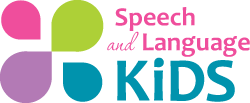
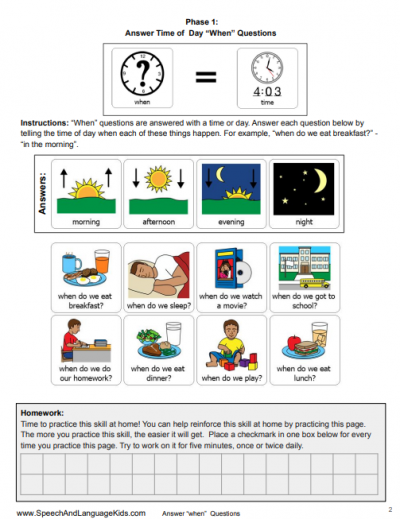
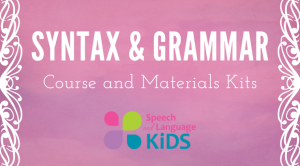
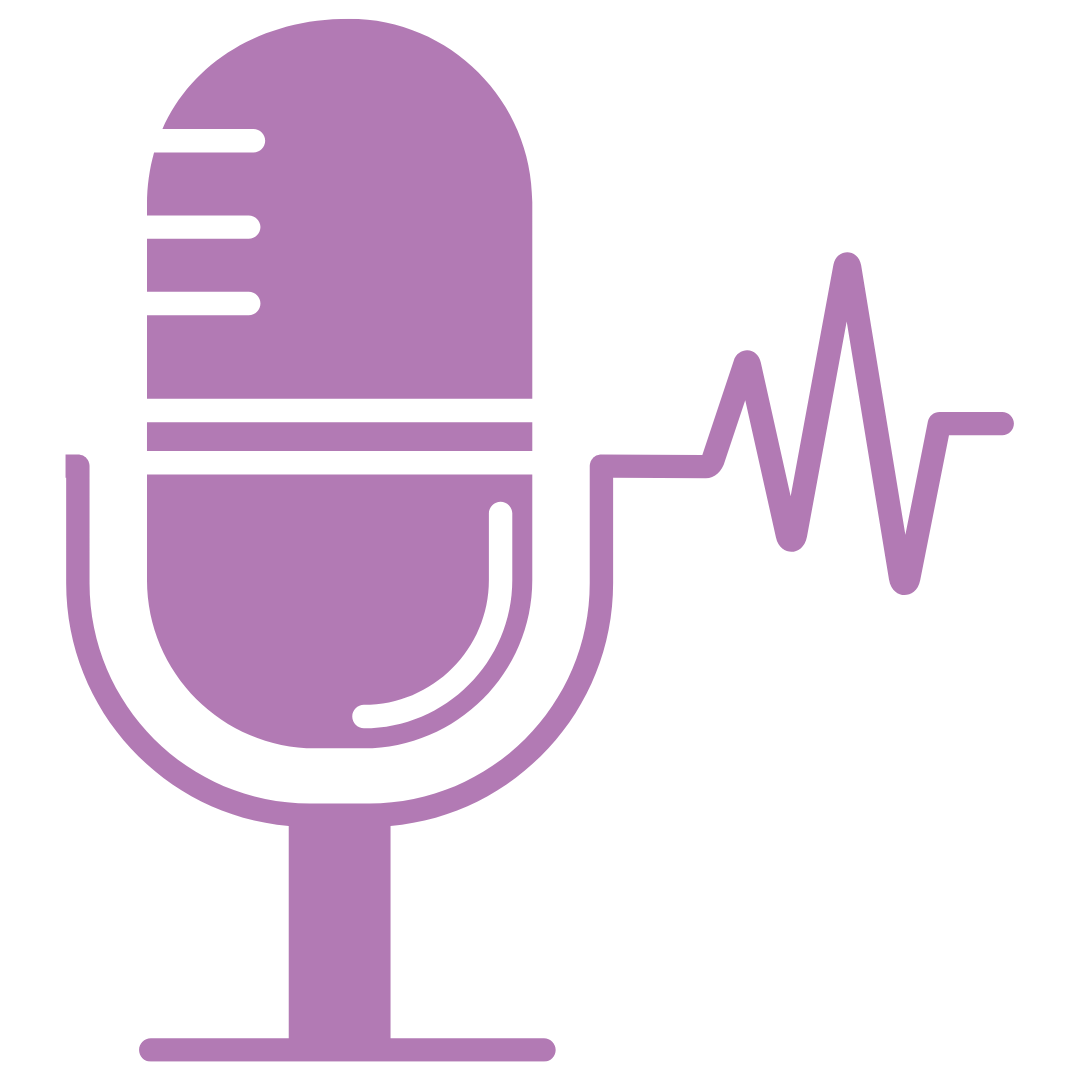
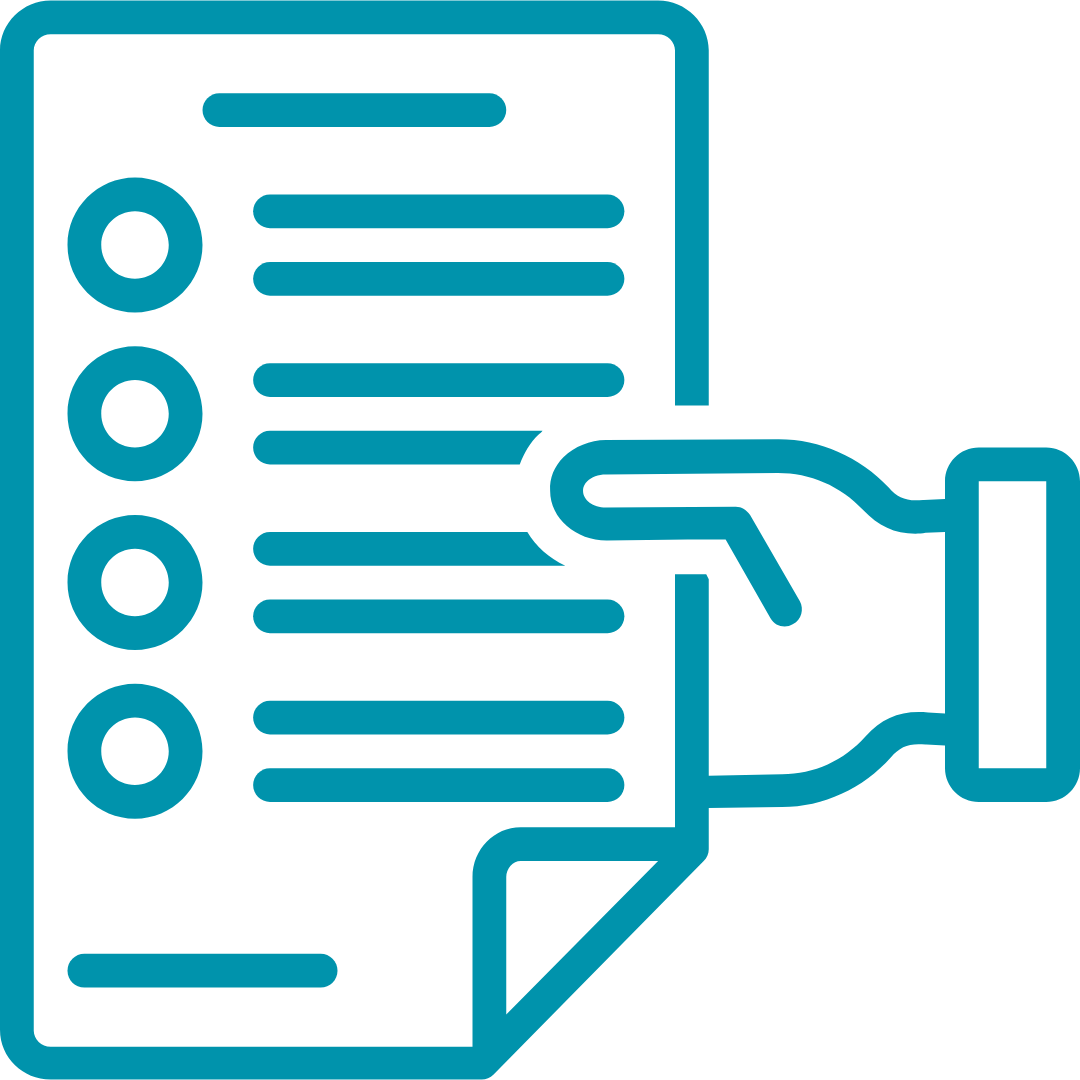

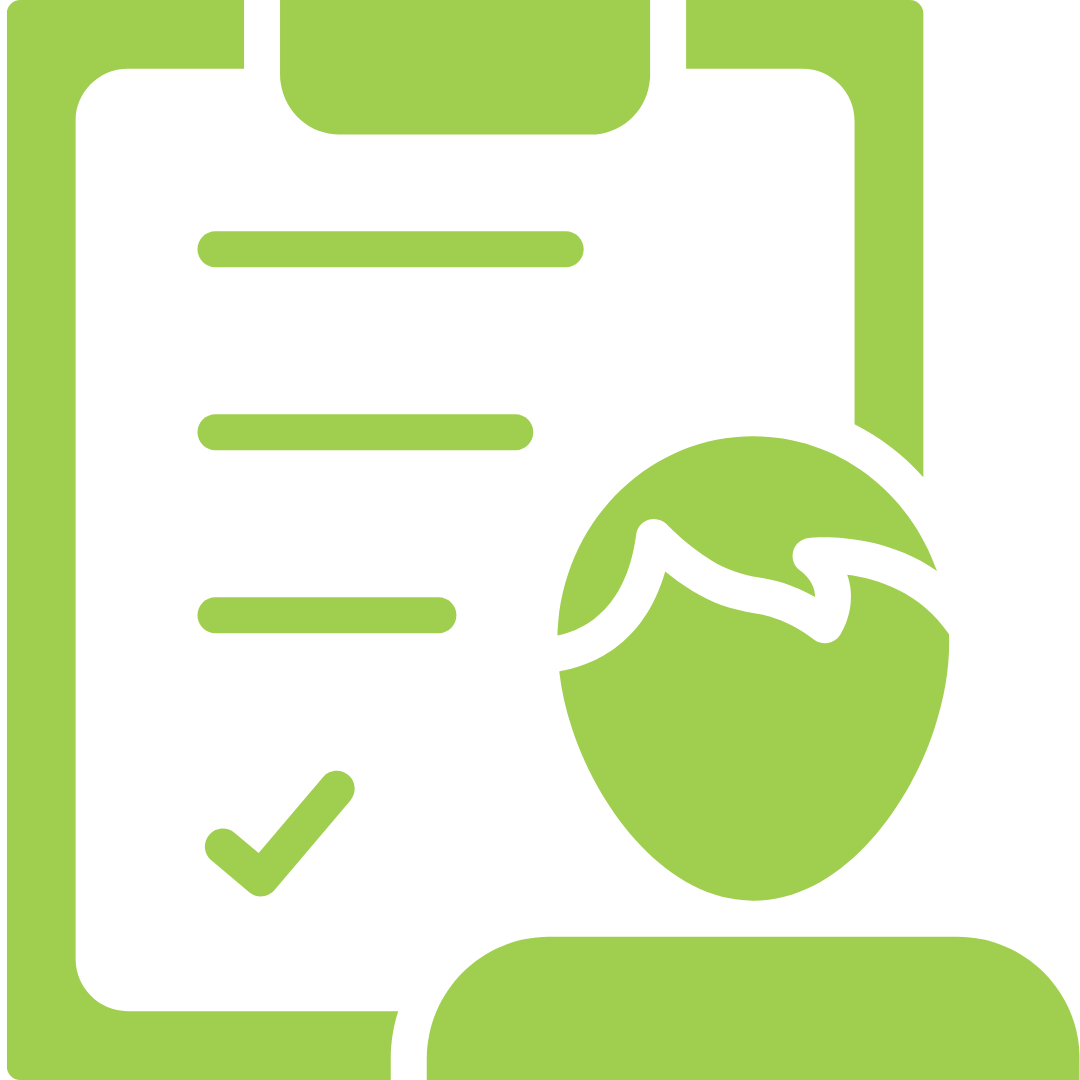
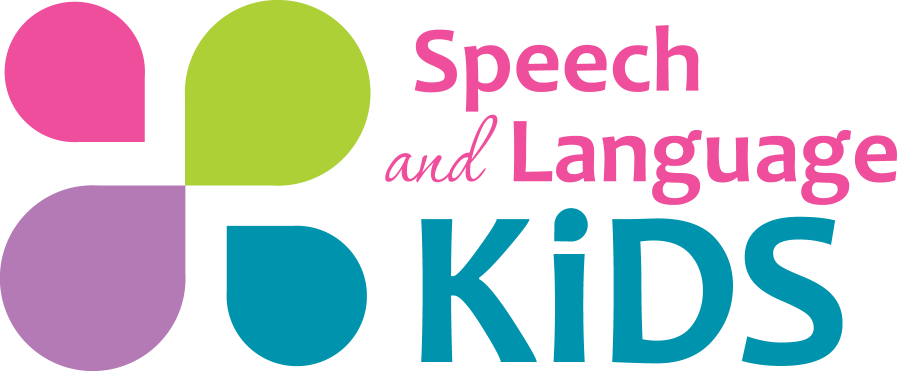
i have a question for the experts! My granddaughter is five years old next month she cannot say her asses yet. Is that something to be concerned about? She starts school next fall
Who wrote this article? I am trying to cite it because it has great information but I need an author! Thank you.
Hi, Miranda-Carrie Clark put this article together. Was there something in particular that you wanted to make sure of who the author was?
Parents and regular caregivers should understand about 50% of a child’s speech at 2 years and 75% of it at 3 years.
Wow this is an interestong indeed. My daughter is 2years and 5 months and she is seeking at this level already!
Thanks for sharing this my son of 5 years cannot pronounce some letters correctly most in the words like dog,look, kite,ladder etc please what do you think is the problem.
Hello, Bose!
Thank you so much for reaching out. Unfortunately, we get a ton of questions every day about how to solve specific speech/language problems. Since we have such a small staff, we aren’t able to answer every question that comes through on the website, social media, or via email. If you are a parent, we suggest you reach out to a local speech-language pathologist who can work with your child directly and answer your question.
If you are another speech-language professional, we have created a membership where we pay a full staff to answer questions like this on a regular basis. We would be more than happy to answer your question inside the membership program. We’re able to answer more questions in here because we have a full library of questions that we’ve already answered so our staff can either link you to the answer if it exists, or write you a custom response if needed. We’d love to see you inside the membership!
Click Here to Become a Member: https://www.slpsolution.com/pediatric-signup/
Hi there!
I noticed that the letter ‘s’ is not listed above as a sound for 5-year-olds to know. Are you saying that the ‘s sound is not yet developed?
Hello!
Thank you so much for reaching out. Unfortunately, we get a ton of questions every day about how to solve specific speech/language problems. Since we have such a small staff, we aren’t able to answer every question that comes through on the website, social media, or via email. If you are a parent, we suggest you reach out to a local speech-language pathologist who can work with your child directly and answer your question.
If you are another speech-language professional, we have created a membership where we pay a full staff to answer questions like this on a regular basis. We would be more than happy to answer your question inside the membership program. We’re able to answer more questions in here because we have a full library of questions that we’ve already answered so our staff can either link you to the answer if it exists, or write you a custom response if needed. We’d love to see you inside the membership!
Click Here to Become a Member: https://www.slpsolution.com/pediatric-signup/